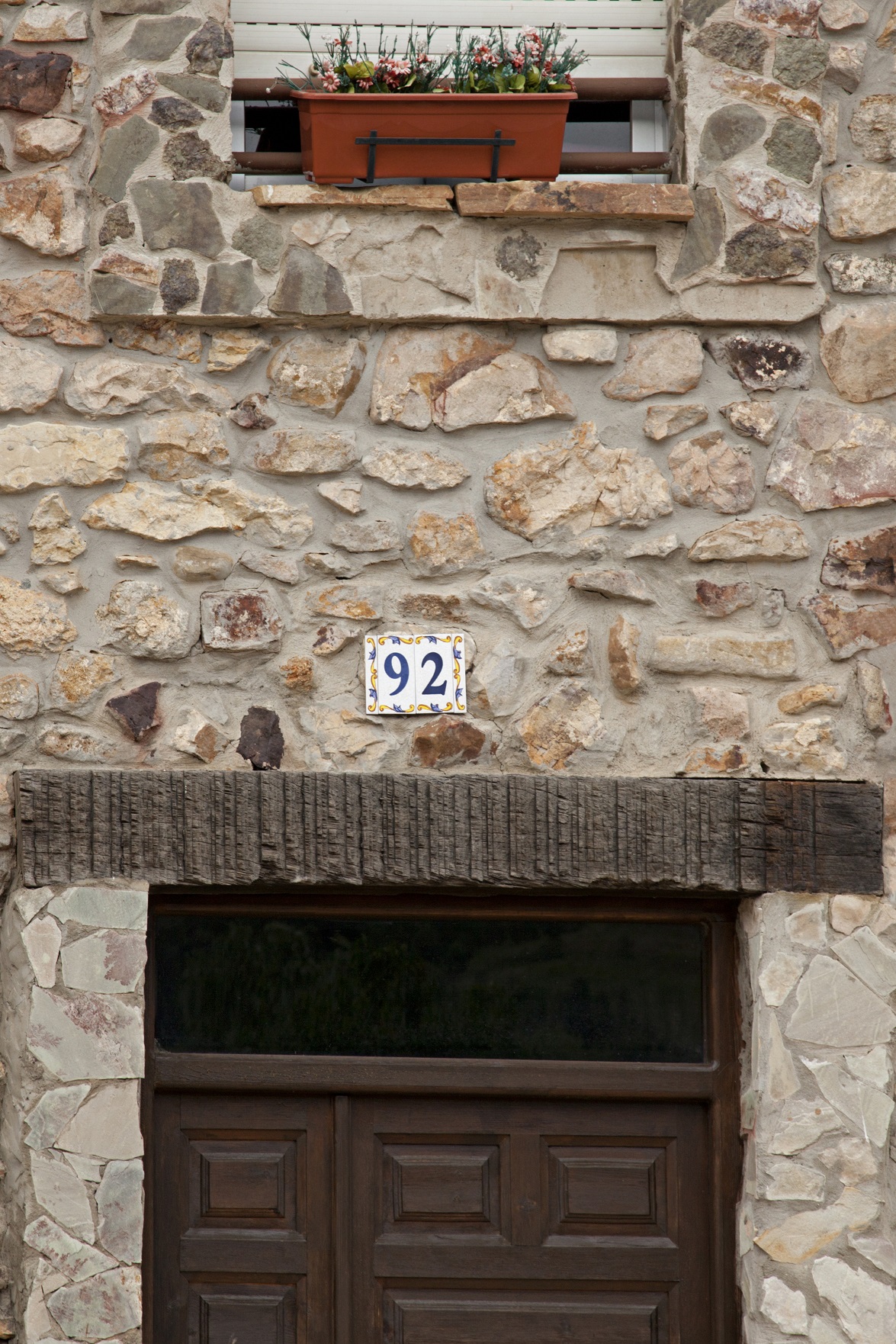Hunting at the exhibition, a single could possibly be shed for that means, especially when the cultural context on which the artwork attracts its inspiration is not clear. However, is a way only popular among artwork gurus, Ronald Ventura is ready to embed the context of tradition and time in the pieces shown in the exhibition.
Moreover, the artist is ready to embed the ideological underpinnings that are mirrored in the motifs and shows in the exhibition. From an outsider’s perspective, a single can speculate on the cultural indentations concealed in the pieces.
Conclusion. This assessment appears to be at the exhibition by Ronald Ventura in its exploration of the cultural facets of the Filipino. The artist ostensibly believes in the complexity and depth in the cultural procedures of the ethnic group. In his depictions, the essaypro reviews artist incorporates variety in conditions of cultural techniques and beliefs.
He is bold in his presentation and borrows on artwork operate from other artists of the Filipino descent. This correctly presents reliability to his do the job due to the fact the themes and illustrations of his operate are collaborated by other artists from the ethnic group.
This also exhibits the accurateness of his presentation and the sensitivity with which his art explores the lifestyle of the Filipino. Art is pleasurable to behold. Exhibitions screen the creativeness of an artist. This exhibition is not only pleasurable to behold but also richly informs. Art and Theology-A Evaluate Essay.
The Art of Religion: a Guidebook to Comprehension Christian Pictures. The Sacred Neighborhood: Art, Sacrament and the Folks of God.
Theological Aesthetics: God in Creativeness, Magnificence, and Art. Katie Kresser is Associate Professor of Art Heritage at Seattle Pacific College. This essay treats a few recent operates on the issue of artwork and theology, ranging from a straightforward handbook of Christian symbols (Judith Couchman’s Artwork of Religion ) to a dense and uncovered discussion of postmodern artwork and philosophy (Richard Viladesau’s Theological Aesthetics ). The wholly disparate character of these three operates demonstrates the point out of the industry now, these kinds of as it is.
For at the crossroads in which the phenomena art and theology meet up with, numerous disciplines also join these include numerous subcategories of the self-discipline of theology (like the theology of worship), philosophy (especially aesthetics), art record (the research of art’s development), artwork criticism (the follow of defining values for art), connoisseurship (the artwork of appreciating artwork), and of study course, the act of artwork generating alone, on which all the many others hinge. Although all of these human imagined-worlds, these intellectual realms, are united in their issue for the human act named «artwork» and its religious ramifications, it is also accurate that couple of these assumed-worlds often communicate. Art history and art criticism, for illustration, seldom choose the measure of theology. In the meantime theology, queen of the sciences, rarely «looks down» to see what transpires in these other disciplines, picking as an alternative (it can appear to be to individuals reduced down) to improvise primarily based on a priori assumptions plucked from the air. Art and theology are probably most absolutely joined in the function of working towards artists, whose push to make abides, and whose lived knowledge (together with lived religious experience) are unable to assist but tell their perform. However few artists, just by virtue of their vocation, have the leisure to delve deeply into the theological debates of the working day.
It appears practical, then, to start out from the incredibly starting. What, for case in point, is art? (And suddenly hundreds of college professors and learners everywhere roll their eyes. ) The question is an previous a single, and for that extremely purpose, its respond to is not as straightforward as 1 may possibly believe. For case in point, it has come to be trendy in new a long time to contend that artwork is defined by its context only (that is, any item that is declared «art,» whether or not verbally or via its situation on a pedestal or in a museum, is ipso facto artwork) this point of view is most normally related with the Readymade will work of Marcel Duchamp.
